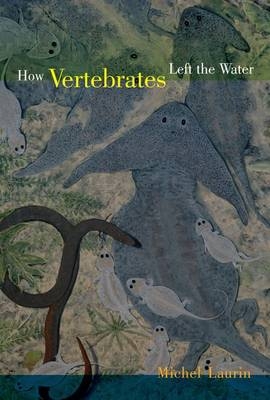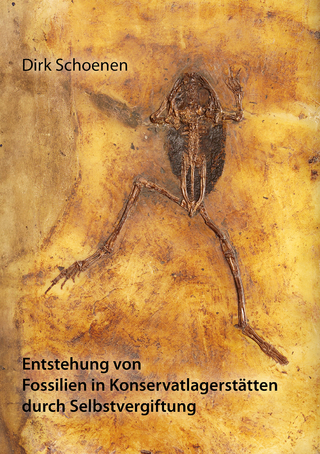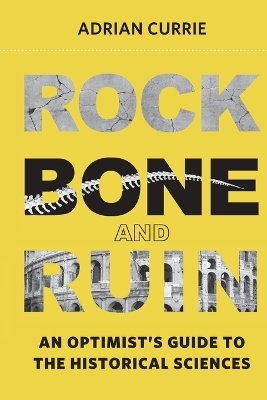
How Vertebrates Left the Water
Seiten
2010
University of California Press (Verlag)
978-0-520-26647-6 (ISBN)
University of California Press (Verlag)
978-0-520-26647-6 (ISBN)
- Lieferbar (Termin unbekannt)
- Versandkostenfrei innerhalb Deutschlands
- Auch auf Rechnung
- Verfügbarkeit in der Filiale vor Ort prüfen
- Artikel merken
More than three hundred million years ago, vertebrate animals first ventured onto land. This book describes how some finned vertebrates acquired limbs, giving rise to over 25,000 extant tetrapod species. It summarizes key concepts of modern paleontological research, including biological nomenclature, and paleontological and molecular dating.
More than three hundred million years ago - a relatively recent date in the two billion years since life first appeared - vertebrate animals first ventured onto land. This usefully illustrated book describes how some finned vertebrates acquired limbs, giving rise to more than 25,000 extant tetrapod species. Michel Laurin uses paleontological, geological, physiological, and comparative anatomical data to describe this monumental event. He summarizes key concepts of modern paleontological research, including biological nomenclature, paleontological and molecular dating, and the methods used to infer phylogeny and character evolution. Along with a discussion of the evolutionary pressures that may have led vertebrates onto dry land, the book also shows how extant vertebrates yield clues about the conquest of land and how scientists uncover evolutionary history.
More than three hundred million years ago - a relatively recent date in the two billion years since life first appeared - vertebrate animals first ventured onto land. This usefully illustrated book describes how some finned vertebrates acquired limbs, giving rise to more than 25,000 extant tetrapod species. Michel Laurin uses paleontological, geological, physiological, and comparative anatomical data to describe this monumental event. He summarizes key concepts of modern paleontological research, including biological nomenclature, paleontological and molecular dating, and the methods used to infer phylogeny and character evolution. Along with a discussion of the evolutionary pressures that may have led vertebrates onto dry land, the book also shows how extant vertebrates yield clues about the conquest of land and how scientists uncover evolutionary history.
Michel Laurin is a vertebrate paleontologist and a CNRS research scientist working in the Museum National d'Histoire Naturelle in Paris.
| Erscheint lt. Verlag | 3.12.2010 |
|---|---|
| Zusatzinfo | 21 b-w photographs, 68 line illustrations, 2 maps, 3 tables |
| Verlagsort | Berkerley |
| Sprache | englisch |
| Maße | 152 x 229 mm |
| Gewicht | 544 g |
| Themenwelt | Naturwissenschaften ► Geowissenschaften ► Mineralogie / Paläontologie |
| ISBN-10 | 0-520-26647-1 / 0520266471 |
| ISBN-13 | 978-0-520-26647-6 / 9780520266476 |
| Zustand | Neuware |
| Haben Sie eine Frage zum Produkt? |
Mehr entdecken
aus dem Bereich
aus dem Bereich
Buch | Softcover (2024)
Shaker (Verlag)
19,80 €
An Optimist's Guide to the Historical Sciences
Buch | Softcover (2024)
MIT Press (Verlag)
34,55 €


